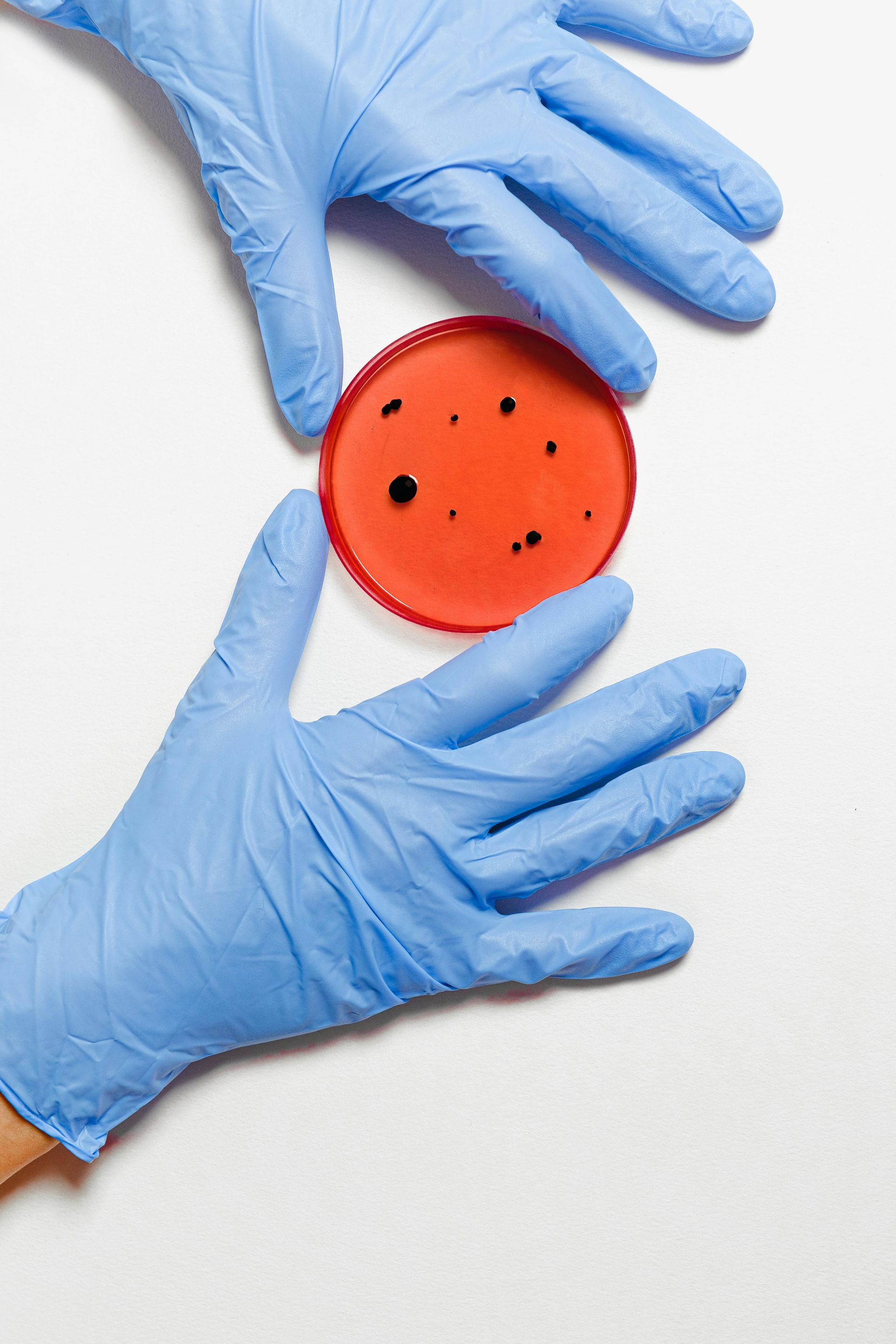IMPETIGO
Impetigo is a common and highly contagious skin infection that primarily affects infants and young children between the ages of 2 and 6, although it can occur in individuals of all ages. It is characterized by red sores or blisters that can appear anywhere on the body but are most commonly seen around the nose and mouth.
These sores or blisters subsequently can rupture, ooze for a few days, then form a yellowish-brown, honey-colored crust. This is classic impetigo due to strep.
Staph impetigo, also called bullous impetigo is much more like to form a bullae or blister.
Impetigo occurs most frequently during the summer months, when the warm weather provides an ideal environment for the infection. The sores usually appear as yellow, weeping lesions on the face, arms, and legs.
Impetigo is caused by two bacteria, typically either Staphylococcus aureus (staph) or Streptococcus pyogenes (strep). These bacteria can enter the skin through small cuts, insect bites, or other breaks in the skin. Impetigo spreads through direct contact with the sores of another person or by touching items, such as towels, bedding, clothing, or toys that have been used by an infected person.
Being in crowded environments such as schools, locker rooms, and childcare settings increases the risk of contracting impetigo. Participating in sports that involve skin-to-skin contact also heightens the risk. Additionally, having skin conditions like eczema, which disrupt the natural skin barrier, can further increase the likelihood of developing impetigo.
Diagnosis of Impetigo:
If you child should develop impetigo, please make an appointment with one of physicians during regular office hours. We can typically diagnose impetigo based on the appearance of the sores. Swabs from the infected area can be taken and sent for culture to identify the specific bacteria causing the infection.
This information can help with antibiotic selection if the lesions are not improving or worsening with treatment. However, wound cultures are not always necessary unless the lesions recurrent or particularly severe infections occur.
Treatment of Impetigo
Treatment of impetigo speeds up healing, improves symptoms, and pre- vents the spread of infection. Treatment options include:
- Topical Antibiotics: For mild impetigo, our doctor may prescribe an antibiotic ointment or cream to apply directly to the sores, such as mupirocin or retapamulin.
- Oral Antibiotics: In more extensive cases where topical treatment might not be sufficient, oral antibiotics such as penicillin, amoxicillin/clavulanate, cephalexin, or dicloxacillin may be prescribed depending on which bacteria is likely causing the impetigo. For methicillin resistant Staphylococcus (MRSA) infections, clindamycin and trimethoprim-sulfamethoxizole may be used.
Home care of children with impetigo
- Gently wash the affected areas with soap and water to remove crusts.
- Cover the infected skin if possible to prevent spreading.
- Keep fingernails short to prevent scratching which can spread the infection.
- Avoid sharing towels, clothing, or other personal items to prevent spread.
To prevent impetigo:
- Maintain good personal hygiene; ensure regular hand washing with soap and water.
- Educate children about not touching or scratching affected areas.
- Keep any cuts or scrapes clean and covered.
- Wash any fabrics that come into contact with anyone with infected skin.
- Keep children at home until they are no longer contagious (typically 24-48 hours after starting antibiotics).
Sores with surrounding angry looking red areas or red streaks, espe- cially those associated with fever, are concerning. If this should occur, call the doctor right away. Please see the section on staph aureus infections in this handbook for more information on staph impetigo.


